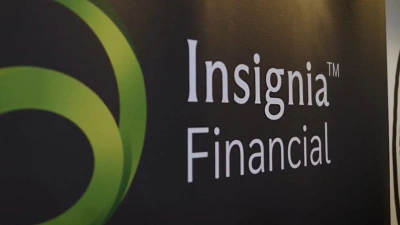Herbs emerge as pick of investment crop
New rural industries such as herbs and durians have the potential for strong rates of return and low break-even points, a new financial modelling reports reveals.
Culinary herbs are offering a 46 per cent internal rate of return that can be achieved in four years. However, the report notes an influx of herbs into the marketplace would affect returns.
The report,The New Rural Industries, by Sydney-based researchers Hassall and Associates, has looked at 11 potential new rural industries and benchmarked them against Chardonnay grape growing and treasury bonds. The return on the grapes was 13 per cent and break-even point was year 13, the report found.
The report was commissioned by the Rural Industries Research and Development Corporation (RIRDC).
RIRDC managing director Peter Core says the research provides important information for prospective investors.
"This research uses a hypothetical enterprise to give an insight into the potential of these industries," Core says.
"As with all new enterprises, these industries are subject to swift changes in factors which impact on viability. The work highlights what happens if prices drop dramatically or yields aren't what were expected."
The survey questioned the viability of industries such as red deer and persiommons which both had similar internal rates of return of 7 per cent and break-even points of 20 years.
Hassall and Associates economics director Michael Clarke says the research gives the city-based investor an independent report into the viability of some of these new industries. This is the reports' second year.
Olives, a popular investment scheme, featured in the first report. That report gave olives a break-even period of 12 years and an internal rate of return of 14 per cent, with the warning that international olive prices could hit local prices.
Clarke says the financial analysis model acted as a pointer to investment.
The model looks at a concept's fundamental components, the commercial viability and the inputs required for the development of a project.
"As an investment tool it is a strong indicator, not a crystal ball, and potential investors need to consider their personal circumstances very carefully," Clarke warns.
Recommended for you
Net cash flow on AMP’s platforms saw a substantial jump in the last quarter to $740 million, while its new digital advice offering boosted flows to superannuation and investment.
Insignia Financial has provided an update on the status of its private equity bidders as an initial six-week due diligence period comes to an end.
A judge has detailed how individuals lent as much as $1.1 million each to former financial adviser Anthony Del Vecchio, only learning when they contacted his employer that nothing had ever been invested.
Having rejected the possibility of an IPO, Mason Stevens’ CEO details why the wealth platform went down the PE route and how it intends to accelerate its growth ambitions in financial advice.














